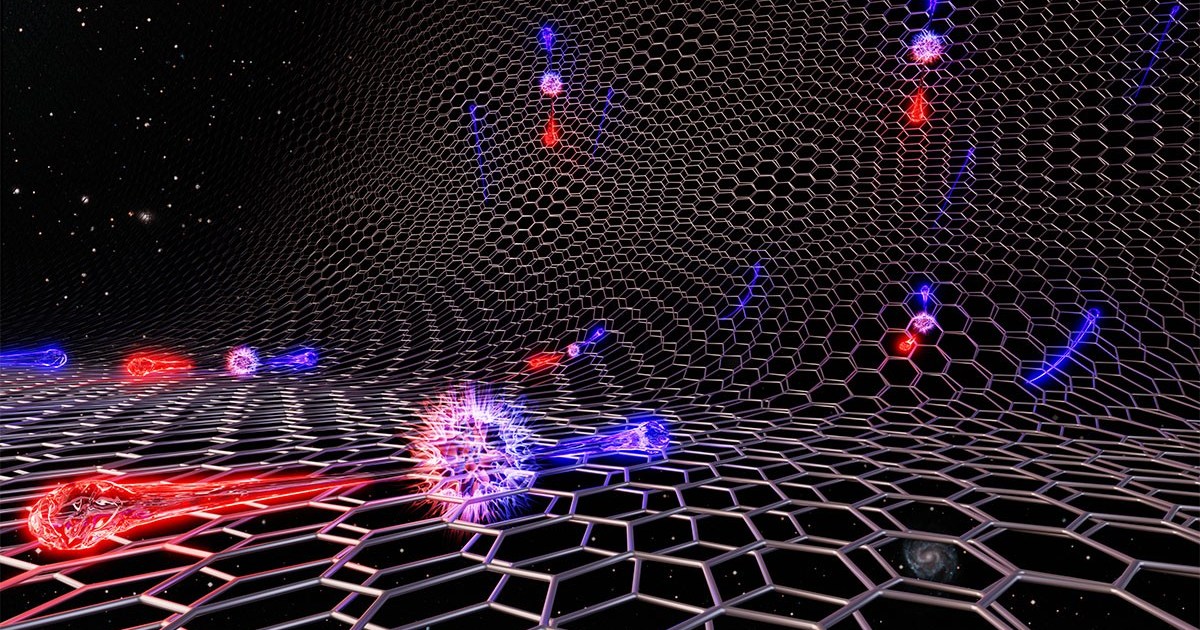Wayne Mack
Well-Known Member

70-year-old quantum prediction comes true, as something is created from nothing
In our common experience, you can't get something for nothing. In the quantum realm, something really can emerge from nothing.
 bigthink.com
bigthink.com

